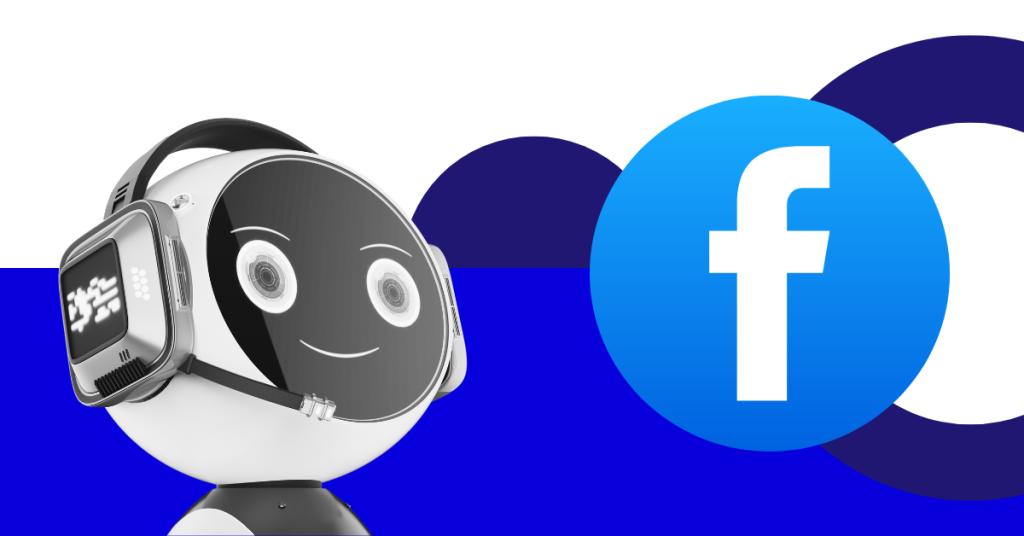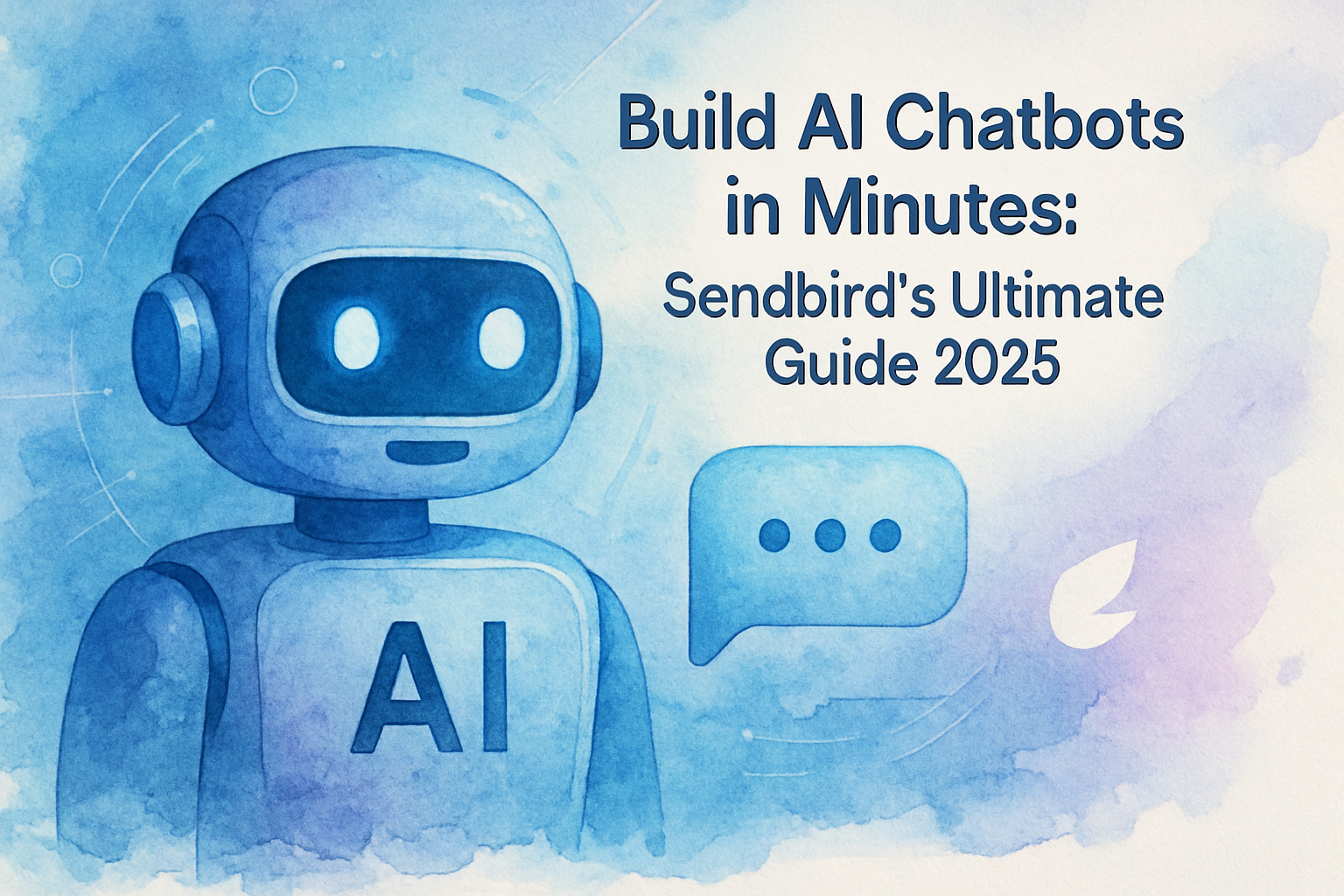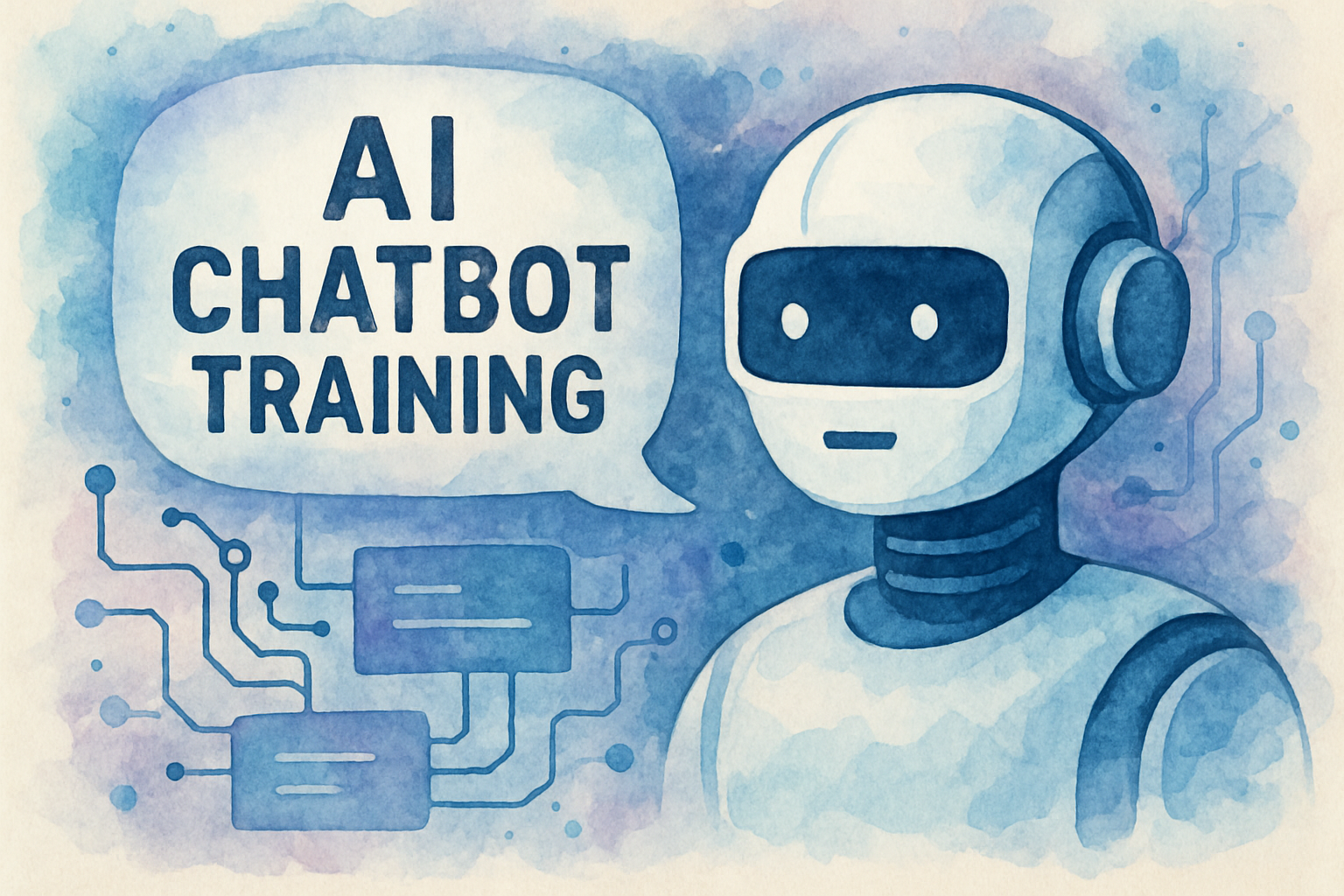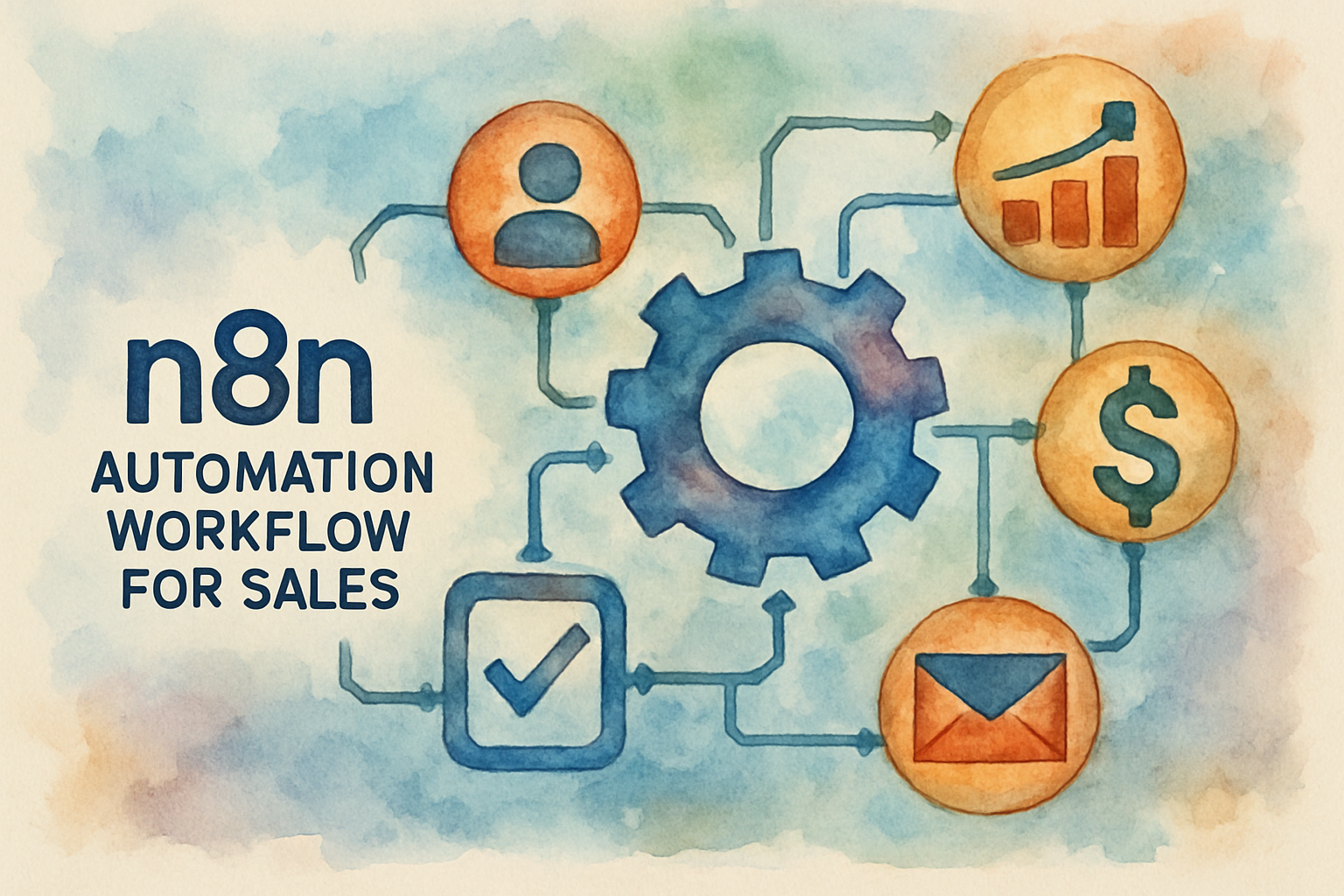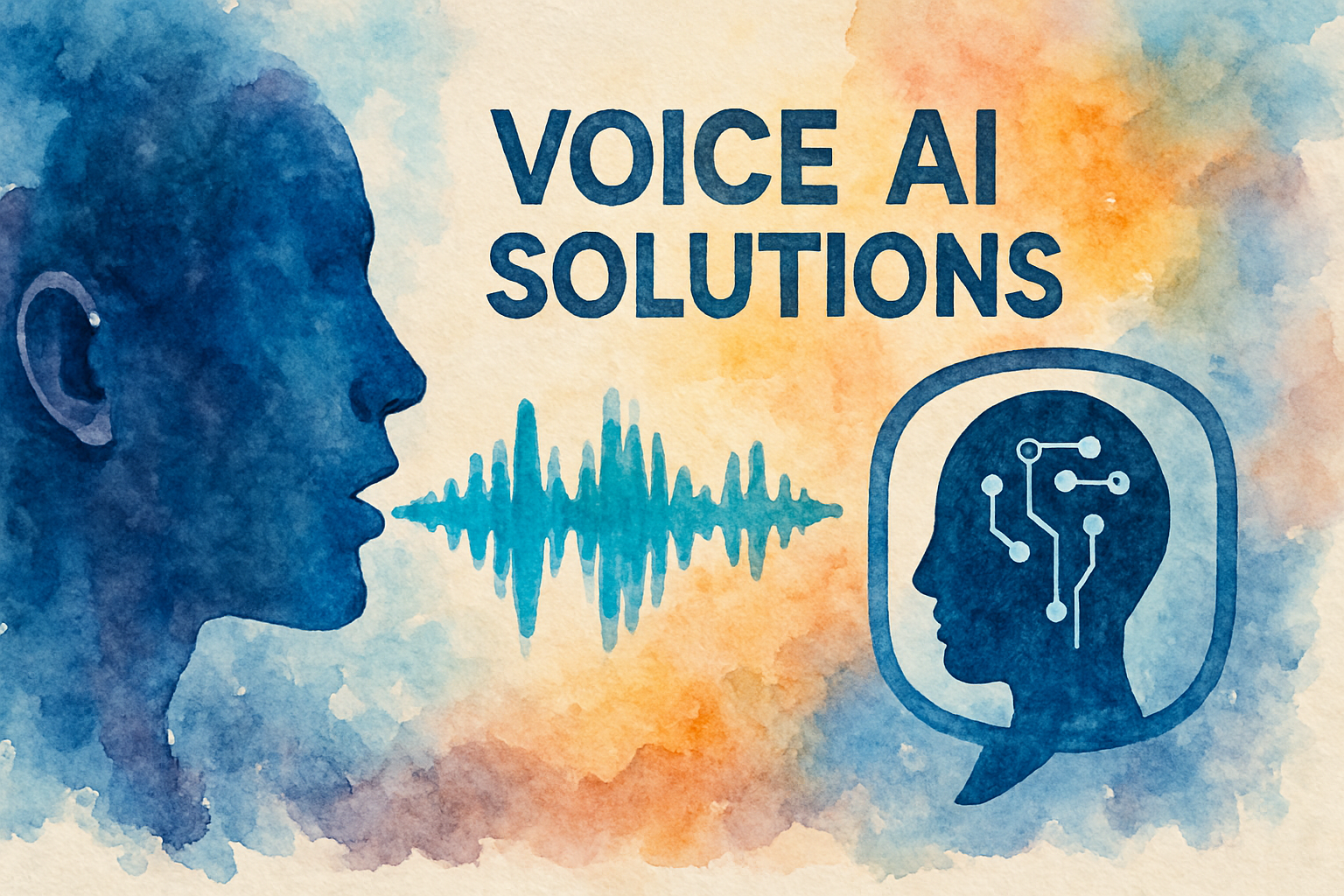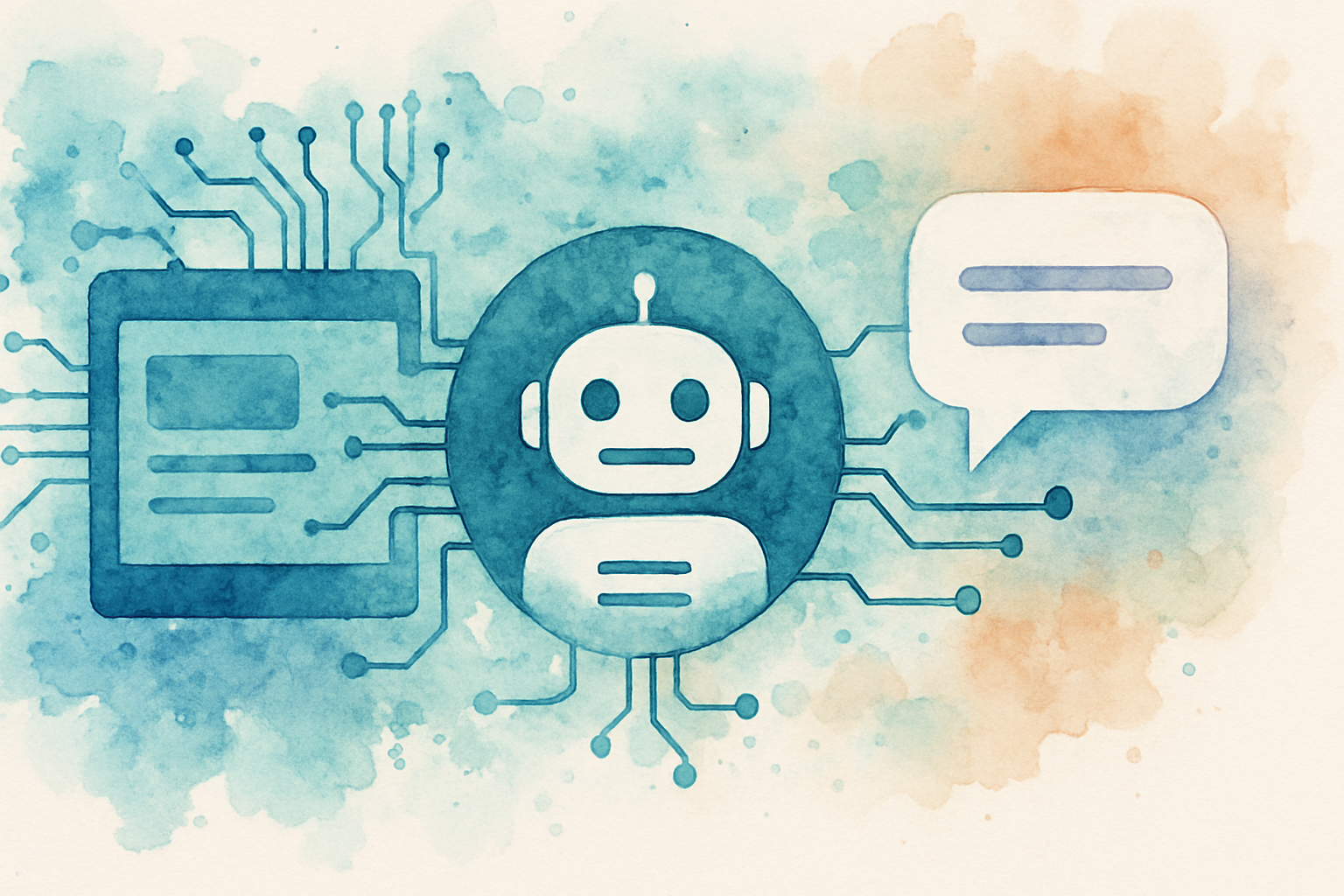Facebook AI Chatbot: Boost Your Business’s Customer Engagement and Sales
In today’s fast-paced digital landscape, businesses are constantly seeking innovative ways to connect with their customers and streamline their operations. Enter AI chatbots for Facebook – a game-changing technology that’s revolutionising the way companies interact with their audience on the world’s largest social media platform. These intelligent virtual assistants are not just a trend; they’re becoming an essential tool for businesses looking to enhance customer engagement, boost sales, and stay ahead of the competition.
Bottom Line Up Front: Facebook AI chatbots can transform your business by providing 24/7 customer support, generating qualified leads, and increasing sales conversions whilst reducing operational costs by up to 30%.
The Current State of Facebook Chatbots
Before diving into implementation, it’s crucial to understand the massive opportunity at hand. Facebook’s Messenger platform boasts over 1.3 billion monthly active users, making it an ideal channel for businesses to reach and engage with their audience. The numbers speak for themselves:
- Over 300,000 chatbots are currently operating on Facebook Messenger alone
- 16% of businesses already use chatbots, with 55% planning to adopt them
- The global chatbot market is projected to reach $20.81 billion by 2029
- Chatbots are expected to drive $142 billion in retail sales by 2024
These statistics underscore the growing importance of AI chatbots in the e-commerce and customer service landscape.
Understanding AI Chatbots for Facebook
AI chatbots are sophisticated software programmes powered by artificial intelligence and natural language processing. These virtual assistants can engage in human-like conversations, understand context, and provide relevant responses to user queries. When integrated with Facebook, these chatbots interact with customers through Facebook Messenger, providing instant support, information, and even facilitating transactions.
Why Facebook Messenger is Perfect for Chatbots
Immediate accessibility: No app downloads required – customers can start conversations instantly Rich media support: Share images, videos, carousels, and interactive buttons Persistent conversations: Chat history remains accessible for ongoing customer relationships Mobile-first experience: Optimised for smartphone usage where most social media interactions occur
Key Benefits That Drive Real Business Results
1. 24/7 Customer Support That Never Sleeps
Unlike human agents, chatbots provide round-the-clock assistance. This constant availability can significantly improve customer satisfaction and capture leads outside business hours.
Actionable Tip: Set up automated responses for your most common enquiries. Analyse your customer service tickets to identify the top 10 questions customers ask, then programme your chatbot to handle these instantly.
2. Lightning-Fast Response Times
In today’s instant-gratification world, customers expect immediate responses. AI chatbots provide instant replies, dramatically reducing wait times and improving the overall customer experience.
Pro Tip: Aim for response times under 3 seconds. Studies show that response delays beyond this threshold significantly impact customer satisfaction and conversion rates.
3. Effortless Scalability
As your business grows, chatbots can handle multiple conversations simultaneously without proportionally increasing your staff costs. This scalability ensures efficient growth management.
Implementation Strategy: Start with handling 70% of basic enquiries through your chatbot, then gradually expand its capabilities as you gather more customer interaction data.
4. Personalised Customer Experiences
Advanced AI chatbots analyse customer data and previous interactions to provide tailored recommendations and responses, leading to increased satisfaction and loyalty.
Actionable Insight: Use customer purchase history and browsing behaviour to personalise product recommendations. This can increase conversion rates by up to 30%.
5. Intelligent Lead Generation and Qualification
Chatbots can engage potential customers, gather information, and qualify leads before handing them to your sales team, saving valuable time and increasing conversion rates.
Lead Qualification Framework:
- Budget range
- Timeline for purchase
- Decision-making authority
- Specific needs and pain points
Step-by-Step Implementation Guide
Phase 1: Strategic Planning (Week 1)
Define Your Chatbot’s Primary Purpose
- Customer service automation
- Lead generation and qualification
- Sales support and product recommendations
- Appointment booking and scheduling
Choose Your Platform Wisely
For beginners: ManyChat offers the most user-friendly interface with drag-and-drop functionality For advanced users: Chatfuel provides more sophisticated AI capabilities and website integration For developers: DialogFlow offers the most customisation options
Phase 2: Conversation Design (Week 2)
Map Your Conversation Flow
- Welcome sequence: Greet users and explain how the bot can help
- Main menu: Provide clear options for different services
- FAQ handling: Address common questions automatically
- Human handoff: Seamless transfer to live agents when needed
Essential Conversation Elements:
- Clear, conversational language
- Quick reply buttons for easy navigation
- Fallback responses for unrecognised inputs
- Personality that matches your brand voice
Phase 3: Development and Training (Week 3-4)
Build Your Chatbot Flow
- Start with basic functionality
- Test each conversation path thoroughly
- Train your bot with real customer language
- Set up integration with your CRM or email system
Critical Success Factors:
- Keep initial interactions simple
- Always provide an option to speak with a human
- Include clear instructions for users
- Test on mobile devices (where 80% of interactions occur)
Phase 4: Launch and Optimisation (Ongoing)
Soft Launch Strategy:
- Deploy to a small segment of your audience
- Monitor conversations closely for the first week
- Gather feedback and make adjustments
- Gradually expand to your full audience
Overcoming Common Implementation Challenges
Challenge 1: Natural Language Understanding
Solution: Start with button-based interactions rather than free-text input. Gradually introduce natural language processing as you gather more data about how customers communicate.
Challenge 2: Maintaining Human Touch
Solution: Programme personality into your responses. Use your brand voice, include appropriate emojis, and always acknowledge customer emotions in your responses.
Example Response Framework:
- Acknowledge: “I understand you’re frustrated about…”
- Empathise: “That must be really annoying…”
- Solve: “Let me help you sort this out immediately…”
Challenge 3: Complex Query Management
Solution: Implement a smart escalation system. When the bot encounters queries it can’t handle, seamlessly transfer to human agents with full conversation context.
Escalation Triggers:
- Customer explicitly requests human agent
- Conversation loops more than twice
- Negative sentiment detected
- Complex technical issues identified
Challenge 4: Data Privacy and Security
Solution: Implement robust security measures and be transparent about data usage. Comply with GDPR and clearly communicate your privacy policy.
Measuring Success: Key Performance Indicators
Essential Metrics to Track:
Engagement Metrics:
- Response rate (aim for 80%+)
- Conversation completion rate
- User retention in conversations
Business Impact Metrics:
- Lead generation volume
- Conversion rate from chatbot interactions
- Customer satisfaction scores
- Cost savings in customer support
Operational Metrics:
- Bot containment rate (aim for 70%+)
- Average response time
- Escalation rate to human agents
Monthly Performance Review: Analyse these metrics monthly and adjust your chatbot’s responses and flows based on real user behaviour and feedback.
Advanced Strategies for Maximum Impact
1. Abandoned Cart Recovery
Programme your chatbot to automatically reach out to customers who’ve left items in their basket, offering assistance or incentives to complete the purchase.
Proven Sequence:
- Wait 2 hours after cart abandonment
- Send personalised message mentioning specific products
- Offer assistance or answer questions
- Provide limited-time discount if appropriate
2. Post-Purchase Engagement
Use chatbots to enhance the post-purchase experience with order confirmations, shipping updates, and follow-up satisfaction surveys.
3. Social Media Integration
Connect your chatbot to respond to comments on your Facebook posts automatically, converting public interactions into private conversations for better lead nurturing.
The Future of Facebook Chatbots
The landscape is rapidly evolving with exciting developments on the horizon:
- Enhanced AI capabilities making conversations more natural
- Voice integration for hands-free interactions
- Augmented reality features for virtual product demonstrations
- Predictive analytics to anticipate customer needs
Getting Started Today: Your Action Plan
Week 1: Choose your platform and define your chatbot’s primary purpose Week 2: Map out your conversation flows and create your first welcome sequence Week 3: Build and test your basic chatbot functionality Week 4: Launch to a small audience and gather feedback Month 2: Expand functionality based on user interactions and optimise performance
Conclusion
Facebook AI chatbots represent a powerful opportunity for businesses to enhance customer engagement, streamline operations, and drive sales growth. The technology has matured to the point where implementation is accessible to businesses of all sizes, and the potential returns are substantial.
Key Takeaways:
- Start simple and expand gradually based on user feedback
- Focus on solving real customer problems rather than showcasing technology
- Maintain the human touch even in automated interactions
- Continuously optimise based on performance data
Success with Facebook chatbots lies in careful planning, understanding your customers’ needs, and maintaining a focus on delivering genuine value. By addressing challenges proactively and leveraging the full potential of this technology, you can create a significant competitive advantage in today’s digital marketplace.
Ready to transform your Facebook customer engagement with AI chatbots? The technology is mature, the tools are accessible, and your customers are waiting. Start building your first chatbot today and discover how this powerful technology can revolutionise your business operations. Contact us to get a free AI assessment.
Frequently Asked Questions
Q1: How much does it cost to implement an AI chatbot for Facebook?
A1: Costs vary significantly based on complexity and platform choice. Basic chatbots can be created free using platforms like ManyChat (with limitations), whilst professional solutions typically range from £15-£100+ monthly. Custom enterprise solutions may cost several thousand pounds but offer advanced features and integrations.
Q2: Can AI chatbots completely replace human customer service agents?
A2: Chatbots work best as a complement to human agents rather than a complete replacement. They excel at handling routine enquiries (aim for 70% automation), whilst complex issues requiring empathy and creative problem-solving still need human intervention. The most effective strategy combines both for optimal customer experience.
Q3: How long does implementation typically take?
A3: Basic chatbots can be operational within a week using pre-built templates. More sophisticated, custom solutions typically require 4-8 weeks for development, training, and refinement. The key is starting simple and expanding capabilities based on real user interactions.
Q4: What are the key success metrics for Facebook chatbots?
A4: Essential KPIs include:
- User engagement rates (target 80%+ response rate)
- Resolution rates (aim for 70%+ bot containment)
- Customer satisfaction scores (monitor through post-chat surveys)
- Conversion rates (track leads to sales progression)
- Cost savings (measure reduced support tickets and time savings)
Q5: Are there limitations to Facebook chatbot capabilities?
A5: Yes, key limitations include:
- Character limits (640 characters per message)
- Complex context understanding challenges
- Facebook policy restrictions on promotional messaging
- Limited multimedia capabilities compared to websites
- Dependency on Facebook’s platform changes and policies
Understanding these limitations helps set realistic expectations and plan effective workarounds during implementation.

